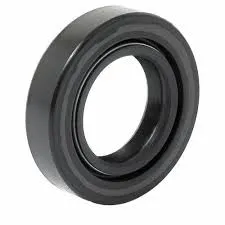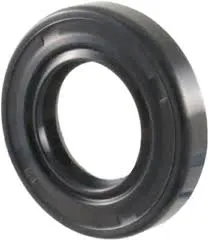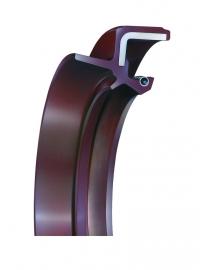As the demand for innovative safety solutions continues to grow, FRP guardrails stand out as a prime example of how advanced materials can enhance public safety. Their remarkable properties—lightweight, durable, and resistant to corrosion—make them suitable for a wide array of applications. By investing in FRP guardrails, infrastructure planners and policymakers can significantly improve safety measures while also addressing long-term maintenance concerns. In a world where safety is paramount, the adoption of FRP technology is a forward-thinking step towards creating safer environments for everyone.
Fiberglass grating, a composite material made from fiberglass reinforced plastic (FRP), has gained significant popularity in various industries due to its unique properties and applications. This robust material is formed by combining fiberglass with resin, resulting in a lightweight yet strong product ideal for diverse environments.
As industries continue to seek solutions that combine strength, durability, and cost-effectiveness, the popularity of FRP moulded gratings is on the rise. They are increasingly being adopted in sectors such as oil and gas, construction, food processing, and even architecture. Their ability to withstand extreme environmental conditions while maintaining structural integrity makes them a reliable choice for engineers and architects alike.
FRP guardrails are barriers made from a composite material consisting of a polymer matrix reinforced with fibers, such as glass or carbon. This combination bestows the guardrails with exceptional strength and durability while maintaining a lightweight profile. Unlike traditional guardrail materials such as steel or concrete, FRP offers a range of advantages that make it a preferred choice for many civil engineering projects.





